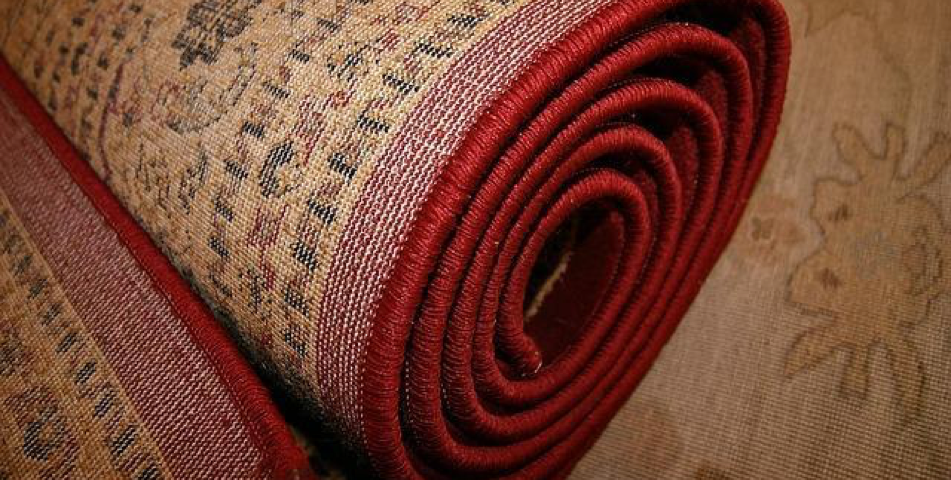
Traditional Methods vs Modern Techniques in Oriental Rug Cleaning
July 24, 2023
Choosing The Right Rug For Your Home
September 3, 2023Philadelphia’s Best Oriental Rug Repair Services
Whether you’re moving, redecorating, or simply giving your precious Oriental rug a well-deserved rest, proper storage is paramount to ensure its longevity. Many people don’t consider the delicate construction of their Oriental rugs when storing them, only to find that the rug has been damaged beyond repair after months or even years in storage. Our Oriental rug repair experts at Zakian Rugs are here to share their top tips for properly storing your rug to avoid potential damage or wear and tear.
1. Clean Before Storage
Before even considering storage, ensure your Oriental rug is clean. Dirt and debris can lead to permanent damage when left unattended, so consider a professional rug cleaning service from Zakian Rugs to ensure it’s in pristine condition before it gets put away.
2. Roll, Don’t Fold
Folding can damage the rug’s foundation and create hard-to-remove creases. Instead, roll your rug tightly. Start from the side opposite the direction of the pile to ensure the rug doesn’t get stressed. Once rolled, tie it with soft cotton ribbons to keep it intact.
3. Protect Against Pests
Moths and other pests love natural fibers, and an Oriental rug can be a prime target. Use mothballs or moth crystals around the storage area, but never directly on the rug to avoid chemical damage. Regularly inspect stored rugs for any sign of pest activity.
4. Use Acid-Free Paper
Wrap your rolled rug in acid-free paper. This prevents dirt and dust from settling on the rug and provides a protective layer against potential environmental damage. Avoid plastic as it can trap moisture, leading to mold and mildew.
5. Climate Control
Store your rug in a climate-controlled environment. Extreme temperatures and humidity can damage its fibers and dyes. Basements and attics are generally not ideal unless they’re climate-controlled. A room or a dedicated storage facility that avoids direct sunlight and maintains a consistent moderate temperature is best.
6. Lay Flat When Possible
If space allows, store the rolled rug flat to prevent any undue stress on its fibers. If you must store it upright, ensure it’s not resting on one end for too long. Rotate the rug occasionally to distribute any weight or stress evenly.
7. Check Periodically
Every few months, it’s wise to inspect your stored rug. This helps you catch potential issues early, whether it’s a pest infestation or a moisture problem. If feasible, unroll the rug and lay it out. This not only gives the rug a break but also ensures it maintains its shape.
8. Insurance and Documentation
For highly valuable Oriental rugs, consider insuring them. Before storage, take high-quality photographs and maintain documentation about its origin, age, and value. This can be invaluable in the rare case of damage or loss. Insurance may also cover the cost of any potential rug repairs.
Contact Our Oriental Rug Repair Experts in Philadelphia Today
Your Oriental rug is an investment and an heirloom. With proper care and storage techniques, it will continue to elevate your spaces for generations to come. At Zakian Rugs, we understand the intrinsic and sentimental value of these masterpieces. For expert cleaning, repair, or more personalized guidance on rug care, don’t hesitate to contact us today.



